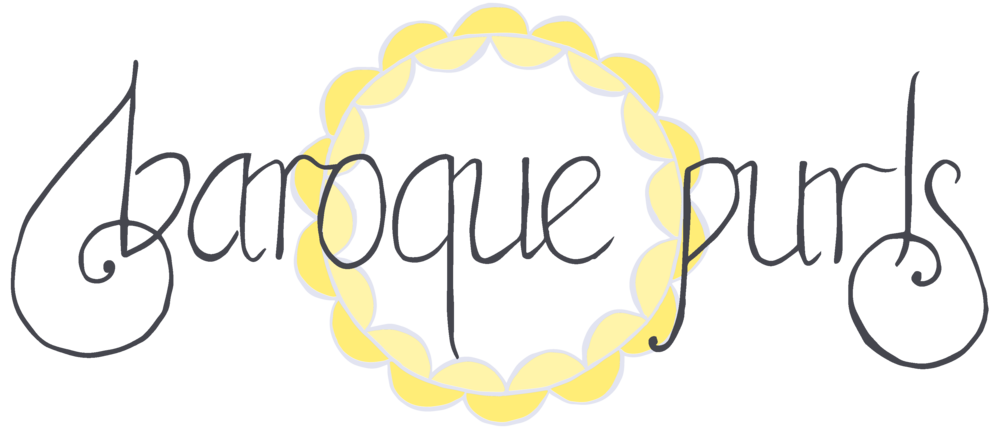I have a pretty-pictures post for you today! I visited the NGV on Sunday after choir, and saw an exhibition that's been on my to-see list for a while.
Blue: Alchemy of a Colour definitely lived up to my textile/dye geek expectations, once my eyes adjusted to the dim lighting. I really enjoyed seeing all the different textile decoration techniques from various places and time periods - and it was so much easier to see the details and differences in real life. Being able to see the texture of the fabric from various angles makes such a difference. That said, I hope you find my photos interesting! ;)
Most of the fabrics below are dyed with indigo. This beautiful kimono and wall hanging were decorated using resist techniques, which you can read about here: Resist-Dyed Textiles.




And here are examples of ikat fabric, where the threads are resist-dyed in a pattern prior to weaving. You can find out about how it's made in this photo gallery: Making Ikat Cloth.



The 'rag kimono' below is an example of boro patchwork, a traditional Japanese form of visible mending. You can see the parallel lines of running stitch holding the layers together in the close-up photo.
You can read more about traditional boro and sashiko embroidery here: The Japanese Art of Sashiko Stitching; and you can see examples of modern sashiko-inspired visible mending here: Three Easy Ways to Mend Fabric, Inspire by Japanese Textiles.


This quilted bodice with indigo-dyed silk ribbons and 18thC embroidered bedspread are just too pretty, especially with the depth of colour in the ribbons. I recognised the bedspread from last year's 'Exquisite Threads' embroidery exhibition...


Lastly, I had a look at the ceramics. This article on the exhibition describes the use of cobalt in ceramic decoration, which goes back over 1,000 years. The 18thC Delft tiles were especially cute! I've included by favourite below...



If you're curious about indigo dyeing, here are a couple of videos I found interesting. The first is about cloth-dyeing in India, and the second (specially for my fellow knitters) is about dyeing yarn. I must get some real indigo yarn to play with!




















